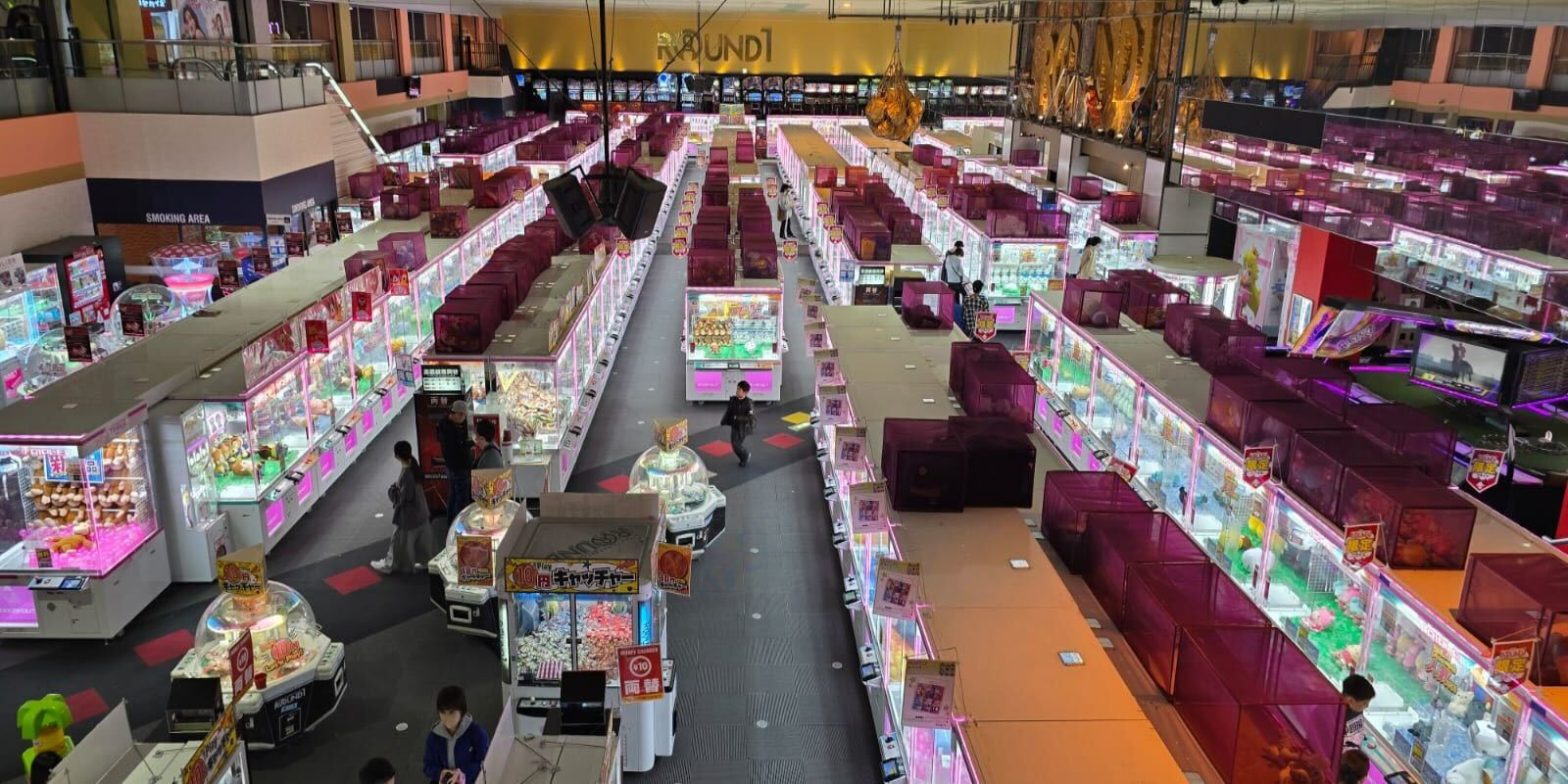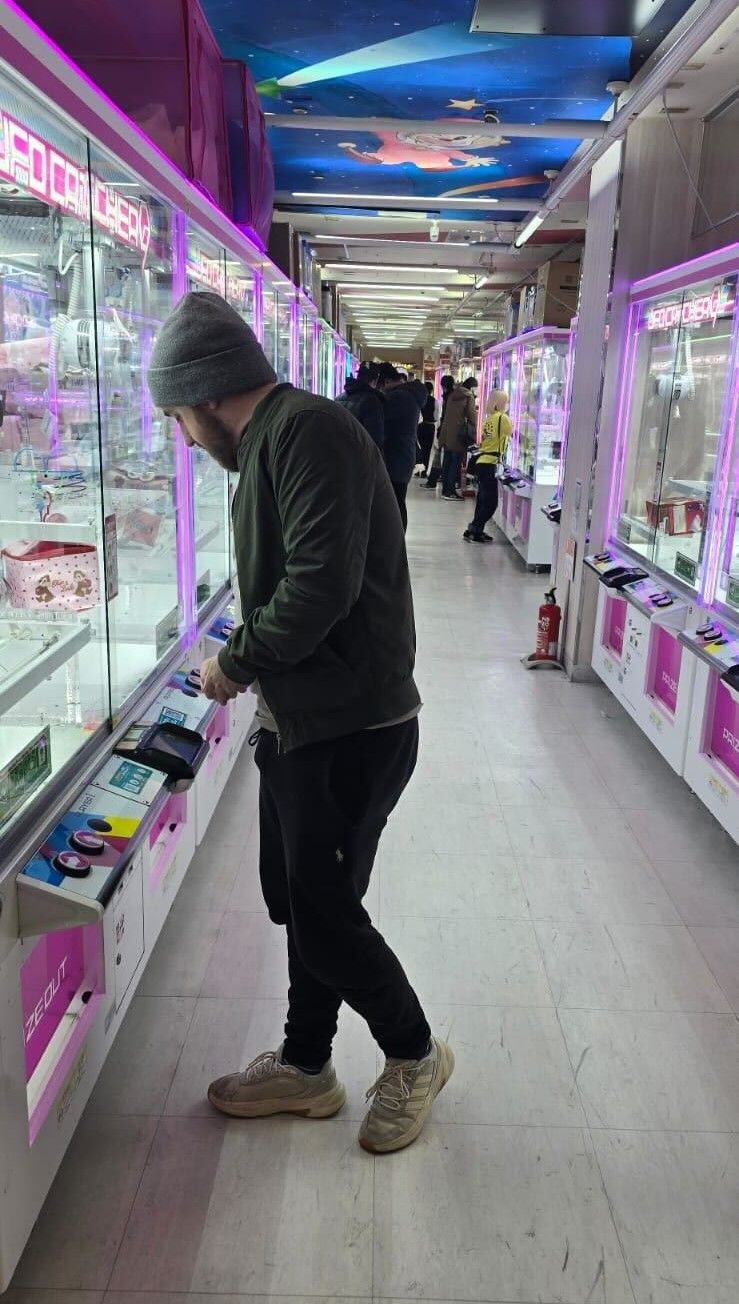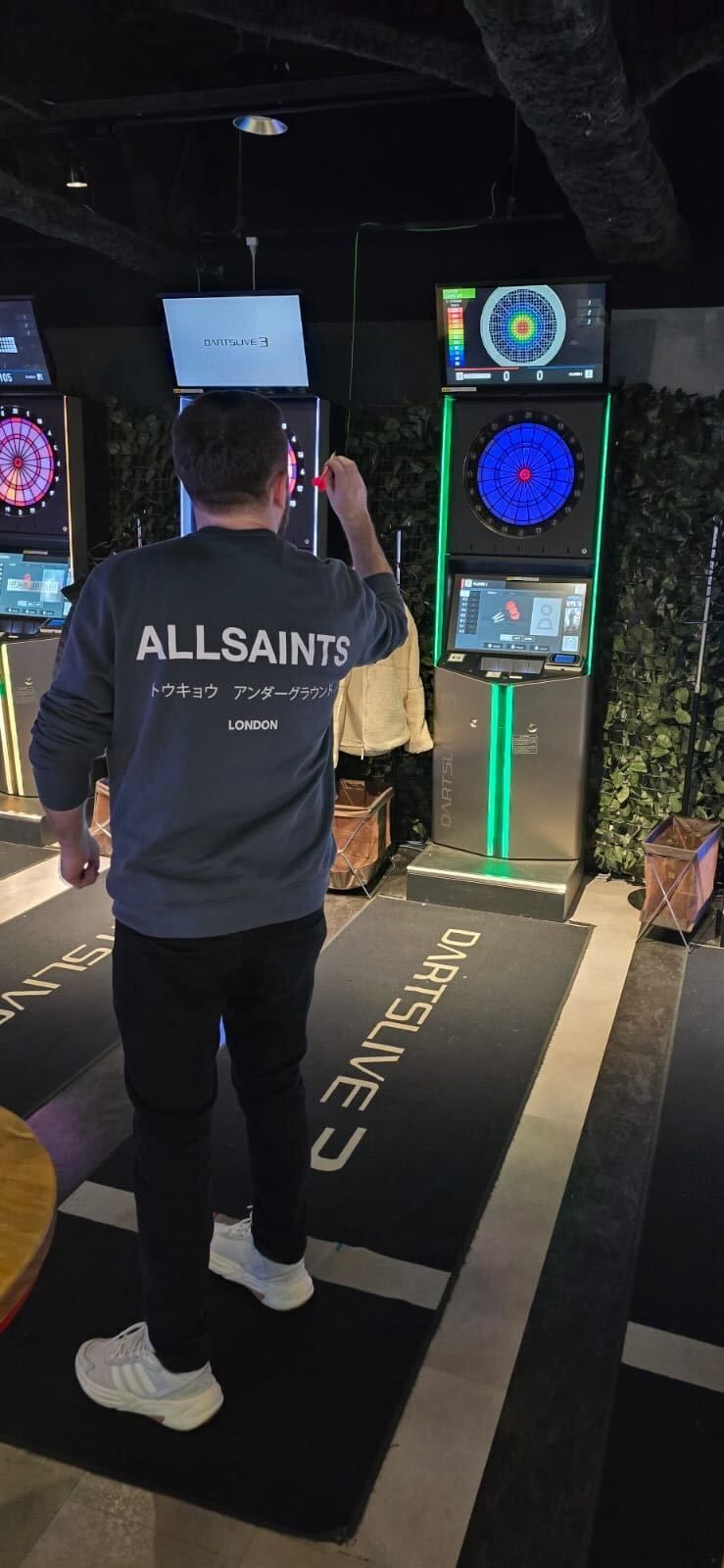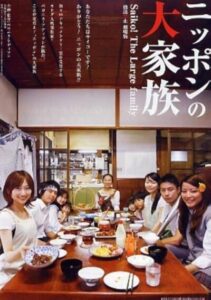Highlights
- Japan’s arcade culture is thriving, with a variety of arcades bustling with locals enjoying after-school fun, date nights, and hardcore gaming.
- Gēsen are a must-visit in Japan, offering floors of UFO machines, rhythm games, and gambling-oriented machines alongside unique experiences like augmented-reality darts and karaoke.
- Despite a decrease in the number of arcades in Japan over the past decade, first-timers like me can still find vibrant and impressive arcades packed with entertainment options and plushie prizes.
I recently spent three weeks exploring Japan, and you’ll get used to hearing me talk about it as I have a few things to get off my chest. It’s the holiday I’ve dreamed of having since I was a little kid — exploring Akihabara, being awe-inspired by Tokyo’s neon glow, and spending hours and hours in the country’s many arcades. However, before I left, I had a little bit of trepidation about the last point.
Sega pulled out of the arcade business just two years before I departed and two years after closing its iconic Akihabara venue, the one I was so looking forward to going to, and a report also dropped while I was out there, suggesting that the number of arcades in Japan had dropped by 8,000 in the last 10 years. They were down from 26,573 in 1986 to around 4,000 in 2019. I feared that I would struggle to find an arcade to grace with my presence, and when I finally found one, it would be devoid of life. But I was wrong, so wrong.
Arcades Right From The Get Go
They were generally much busier than this.
After 16 hours of traveling and a couple more at the airport, I arrived in Japan at about 8 PM local time. I swiftly dropped my case off at my hotel, which was slap bang in the middle of Kabukicho, Shinjuku, known as Tokyo’s entertainment district, and I set off on my Adventure to beat jet lag. Five minutes of aimless wondering later, I stumbled across my first arcade of the trip and wasted no time entering.
In my tired state, I felt a little bit of sensory overload. It was nothing like the arcades we have here in the UK, littered with dozens of penny pushers and machines that sparingly hand out tickets that can be exchanged for extortionately valued and extremely low-quality prizes. Instead, bright lights lit up rows and rows of UFO machines on the first floor, and bouncing music blurted out from the expertly played rhythm games on the floor above.
The place felt huge, certainly bigger than any other arcade I’d visited in my lifetime, and it was busy, but I still had questions. Was this the only arcade I’d stumble on during my stay? Was this a flagship arcade, and even if I did find others, would they pale in comparison? Was it only busy because it was the only arcade in the vicinity? It wasn’t long before I had my answers.
Me transfixed by a UFO machine
That night, I found two more arcades, each as big and busy as the last. I’m a sucker for flashing lights and arcade sounds, so I spent yen like it was monopoly money.
The gēsen, or arcades, I found that evening were, if you hadn’t guessed, super impressive to me. Each followed a similar layout: a floor of UFO machines with stuffed toys, another floor with UFO machines that contained figures or foods like pocky and cup noodles, a floor with games/”>rhythm games like Taiko no Tatsujin and DDR, amongst others, a floor with more general arcade machines, including air hockey, multiplayer LAN-style gundam games and a games/”>range of shooters and then a floor filled with machines that were more gambling-oriented.
Throughout the trip, I visited countless more arcades, each of which I stumbled upon myself without using satellite navigation.
Throughout the trip, I visited countless more arcades, each of which I stumbled upon myself without using satellite navigation. Some were better than the others, and a handful felt slightly less legit, but they’re still there. And in great quantities.
So, How Busy Were Japan’s Arcades?
They were bustling.
A cynical part of me expected the arcades to be full of tourists who, like myself, were trying to get their fill of this unique piece of Japanese culture, but once again, I was wrong.
For every tourist wandering the well-lit floors, there were at least four or five Japanese residents, many there for different reasons. Some had just turned up for some after-school fun, while others had the same idea, but after work, and it wasn’t uncommon for couples to be there on date night. There were also the hardcore regulars, turning up to get their rhythm game fix. Regardless of what they were there for, though, every arcade was often packed, from opening until closing.
Every arcade was often packed, from opening until closing.
Taito Station and GiGo were definitely the two game centers I stumbled across the most; however, a chain called Round1 was the spot. The first few floors were your standard fare, machine upon machine of endorphin-inducing fun, including a Point Blank (Gun Bullet) game that I spent too much time chasing the high score on, reliving my childhood, but beyond that, it was a whole new world. There was a floor for augmented-reality darts, which were instantly recognizable to me from the Like a Dragon series, another for karaoke, one for bowling and a further four or five that contained Spo-Cha, a range of competitive sports experiences like batting cages, drift trikes and volleyball. The places were gargantuan, and there are no words I can pen that do it justice.
Another culture shock for me and my sheltered Western brain was the arcades, which had a floor of photo booth machines. Girls of all ages would seemingly travel, wearing their best get-ups, to take photos together in these photo booths. Dozens of different machines, each offering different stickers and filters, were surrounded by tables with mirrors and hair straighteners, allowing attendees to put the finishing touches on their glamorous looks. I talked about Round1’s Spo-Cha feeling like a whole new world; this was like being in an entirely different, less judgemental universe.
By the end of the three-week trip, I’d won seven plushies from UFO machines (and, of course, seen as many of Japan’s other cultural sites as I could fit in), and I’m happy to report that, at least from the view of a first-timer, Japan’s arcade culture seems alive and well.

Interview: Palia Developer Talks Housing, Community And More
Singularity Six has a plethora of long-term plans for the MMO.
#Japans #Arcade #Culture #Alive









More Stories
Mortal Kombat 1 Homelander Official First Look Trailer
Helldivers 2 Boss Says Sorry After Game Gets Review-Bombed To Hell [Update: Steam Removes Game In Some Regions And Offers Refunds]
Episode 45 – Christmas Special with Francisco Gonzalez — Adventure Games Podcast